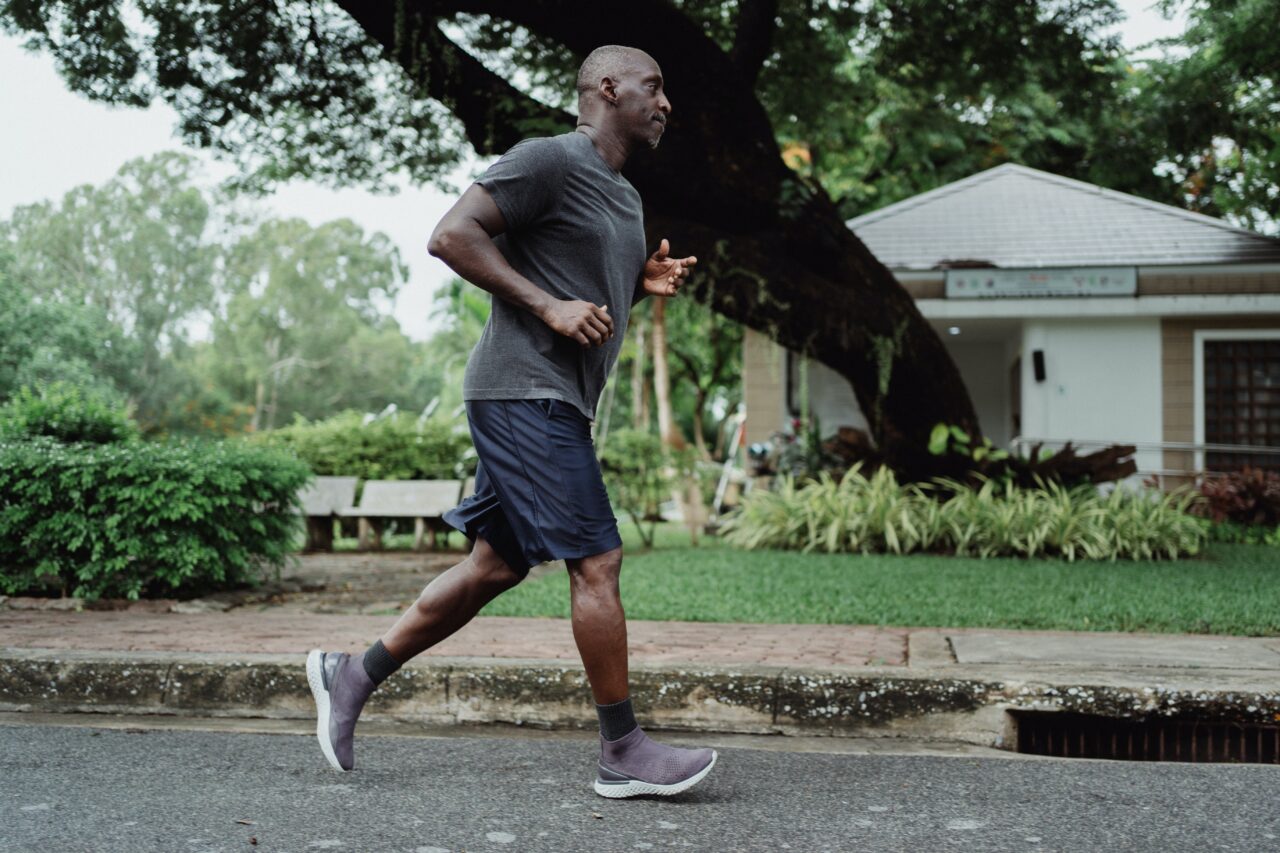A Guide to Returning to Running After Knee Injury or Surgery
A common question we receive from patients at our Boulder Physical Therapy and Lafayette Physical Therapy clinics is the timeline for a return to activity after an injury or surgery. Returning to running after a knee injury or surgery can be a significant milestone in your recovery journey. However, it’s crucial to approach this step with caution to avoid setbacks or re-injury. Below we will discuss how you can determine when you’re ready to lace up your running shoes and hit the pavement again safely.
Strength Symmetry:
Can you perform a pain free single leg knee bend to the same depth on the involved and uninvolved sides? If not, it may be worthwhile to continue to strengthen the quadriceps muscle to be better prepared for the dynamic eccentric load required in running. It is likely you will run in an asymmetrical pattern and risk injury if the quadriceps is too weak to control the knee.
Hop Symmetry:
In a mirror, can you perform symmetrical single leg hops for 30-60s on the involved and uninvolved sides? If not, it may be worthwhile to work on ankle, thigh, or hip muscle endurance, power and movement coordination. Things to look for in this test include trunk lean, knee control side to side, symmetrical knee bend, speed of weight acceptance and ankle control, jump speed and jump height. If any of these are asymmetrical, you may benefit from a strength or power exercise program to correct the weakest links in the single limb loading chain. If these links are left unaddressed they may lead to injury.
Swelling:
One of the most critical indicators of your readiness to run is the absence of pain and swelling after your strength training workout and in your day to day life. It can be normal to experience some discomfort in the early stages of your exercise program. However, if you experience knee swelling 24 hours after a slow and controlled strength program, or a couple mile hike, then it is safe to assume this will only increase after rapidly loading the joint during a run. Swelling indicates an inflammatory response to activity, and if this occurs with less intensive activities, then it may suggest the tissue is too sensitive to run.
Listen to Your Body:
Above all, listen to your body. If you experience pain or discomfort during or after a run, don’t push through it. Pain is a sign that you may not be fully ready to return to running. Continue with your rehabilitation exercises and consult your healthcare provider for guidance.
Conclusion:
Returning to running after a knee injury or surgery requires patience, careful monitoring, and gradual progression. Remember that each individual’s recovery timeline is unique, and it’s essential to prioritize your long-term knee health. If you have any questions or concerns about your readiness to run we recommend you schedule an appointment with one of our orthopedic sports medicine experts at Mend. We will objectively assess your strength, power, mobility and movement pattens to determine a plan to get you back on the trails as soon as possible.
Click Here to schedule your next appointment with the experts at MEND

